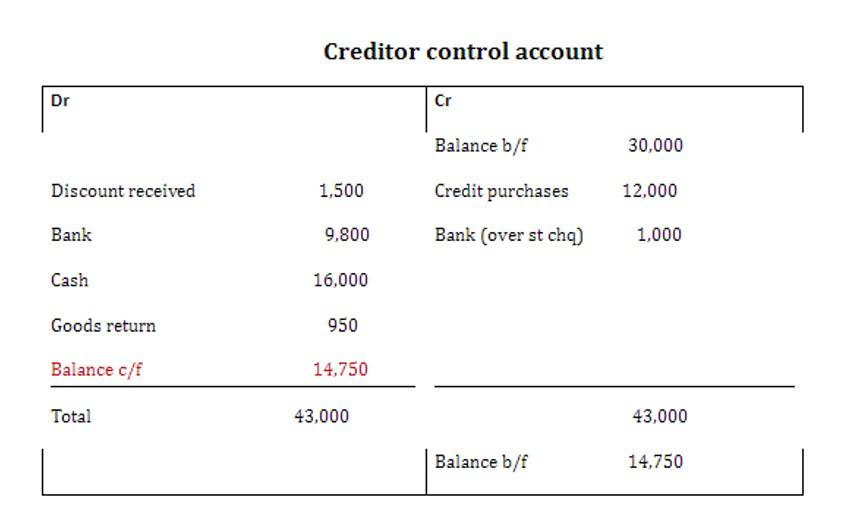
This includes transportation costs, direct labor, and other direct costs related to acquiring inventory. If the company produces its goods, this also includes manufacturing costs like labor and materials. The COGS is deducted from your business revenue to determine the gross profit, which is then used to calculate taxable income. This deduction is typically reported on IRS Form 1040, Schedule C for sole proprietors and single-member LLCs, where it is specifically accounted for in the section detailing income and expenses. If Corner Bookstore where does cost of goods sold go on a balance sheet sells the textbook for $110, its gross profit using periodic FIFO will be $25 ($110 – $85).
Evolving from Traditional Costing to Modern Methods

The choice of inventory valuation method significantly impacts a company’s financial statements, particularly during fluctuating prices. The choice of valuation method can significantly impact the reported COGS and, consequently, the company’s financial statements. Businesses should carefully consider their specific circumstances and consult with financial professionals when selecting an appropriate method. If the business uses the LIFO (Last-In, First-Out) inventory valuation method, the COGS is calculated based on the cost of the most recent inventory items purchased.
- Using LIFO, the jeweler would list COGS as $150, regardless of the price at the beginning of production.
- If a company has a COGS of $50,000 and a total sales of $100,000, its COGS as a percentage of sales would be 50%.
- This will be done with simple, easy-to-understand, instructive examples involving a hypothetical retailer Corner Bookstore.
- The estimated ending inventory at cost is the estimated ending inventory at retail of $10,000 times the cost ratio of 80% equals $8,000.
Neglecting to Update Inventory Valuation Methods
We will illustrate the FIFO, LIFO, and weighted-average cost flows along with the periodic and perpetual inventory systems. This will be done with simple, easy-to-understand, instructive examples involving a hypothetical retailer Corner Bookstore. It is critical that the items in inventory get sold relatively quickly at a price larger than its cost. Without sales the company’s cash remains in inventory and unavailable to pay the company’s expenses such as wages, salaries, rent, advertising, etc. The cost of goods sold impacts financial statements, influencing profitability and asset valuation.
Conversion Costs: Definition, Formula, and Example
- In contrast, the latter represents the cost of inventory that has been sold.
- Conversely, a company with high COGS and low operating expenses might look into ways to reduce direct production costs without compromising product quality.
- You made more purchases for $1200 during this time, and by the end of the month, your Closing Inventory Balance was $800.
- COGS includes only the direct costs of producing goods, such as raw materials and direct labor.
- Balance sheet shows the balance of goods not yet sold, which is known as inventory.
- It excludes indirect expenses, such as distribution costs and sales force costs.
If the bookstore sold the textbook for $110, its gross profit using periodic LIFO will be $20 ($110 – $90). If the costs of textbooks continue to increase, periodic LIFO will always result in the least amount of profit. The reason is that the last costs will always be higher than the first costs. Assets on the balance sheet include current assets such as cash, accounts receivable, and inventory, as well as long-term assets like property, plant, and equipment. Liabilities are similarly categorized into current and long-term liabilities, representing the company’s financial obligations.
The IRS website even lists some examples of “personal service businesses” that do not calculate COGS on their income statements. One of the main financial statements (along with the statement of comprehensive income, balance sheet, statement of cash flows, and statement of stockholders’ equity). The income statement is also referred to as the profit and loss statement, P&L, statement of income, and the statement of operations. The income statement reports the revenues, gains, expenses, losses, net income and other totals for the period of time shown in the heading of the statement. If a company’s stock is publicly traded, earnings per share must appear on the face of the income statement. As the cost of goods sold constitutes an expense related to sales, it plays a key role in determining the profitability of a business.

In contrast, a non-consolidated balance sheet only reflects the financial position of an individual entity without including its subsidiaries. Once these adjustments are made, the finalized consolidated balance sheet provides a complete and accurate financial snapshot of the corporate group. Your goal is to create a single consolidated balance sheet that accurately reflects the financial position of all three entities. When Restaurant Cash Flow Management preparing your business’s consolidated balance sheet, it’s important to understand the specific requirements and guidelines that apply.
What type of account is cost of goods sold on an income statement?

This means that the periodic average cost is calculated after the year is over—after all the purchases for the year have occurred. This average cost is then applied to the units sold during the year and to the units in inventory at the end of the year. Now assets = liabilities + equity you know that COGS affects the inventory valuation on the balance sheet. Proper inventory valuation methods also ensure that inventory reflects its true economic value, which is essential for financial reporting and business decision-making.
Once those 10 rings are sold, the cost resets as another round of production begins. Its primary service doesn’t require the sale of goods, but the business might still sell merchandise, such as snacks, toiletries, or souvenirs. COGS only applies to those costs directly related to producing goods intended for sale. This is the sum of the beginning inventory of merchandise plus the net cost of the merchandise purchased including freight-in. A cost flow assumption where the first (oldest) costs are assumed to flow out first.